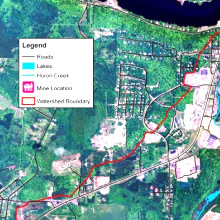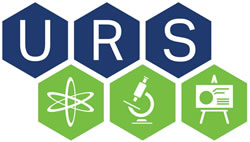Ameya Narkar and Bruce Lee (Biomed) published “Incorporation of Anionic Monomer to Tune the Reversible Catechol-Boronate Complex for pH Responsive, Reversible Adhesion,” in Langmuir (ACS Publications).
DOI: 10.1021/acs.langmuir.8b00373
Bruce P. Lee is an associate professor in the Department of Biomedical Engineering. Ameya Narkar is a PhD student in the biomedical engineering program.
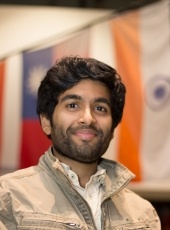
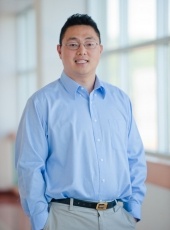
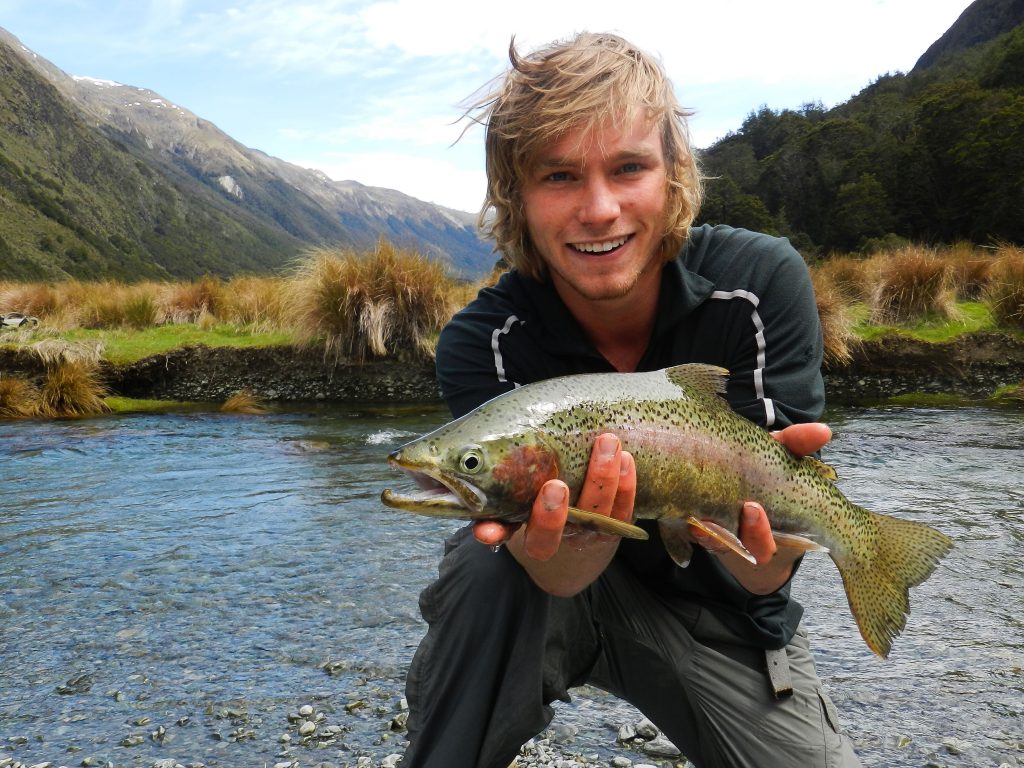
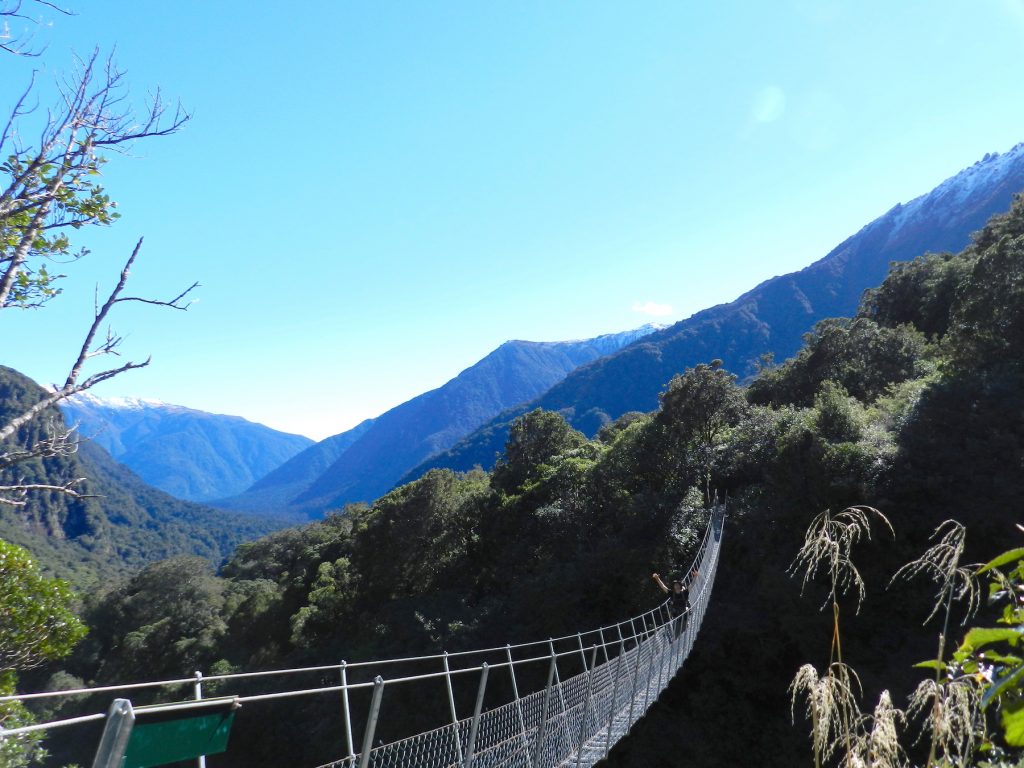
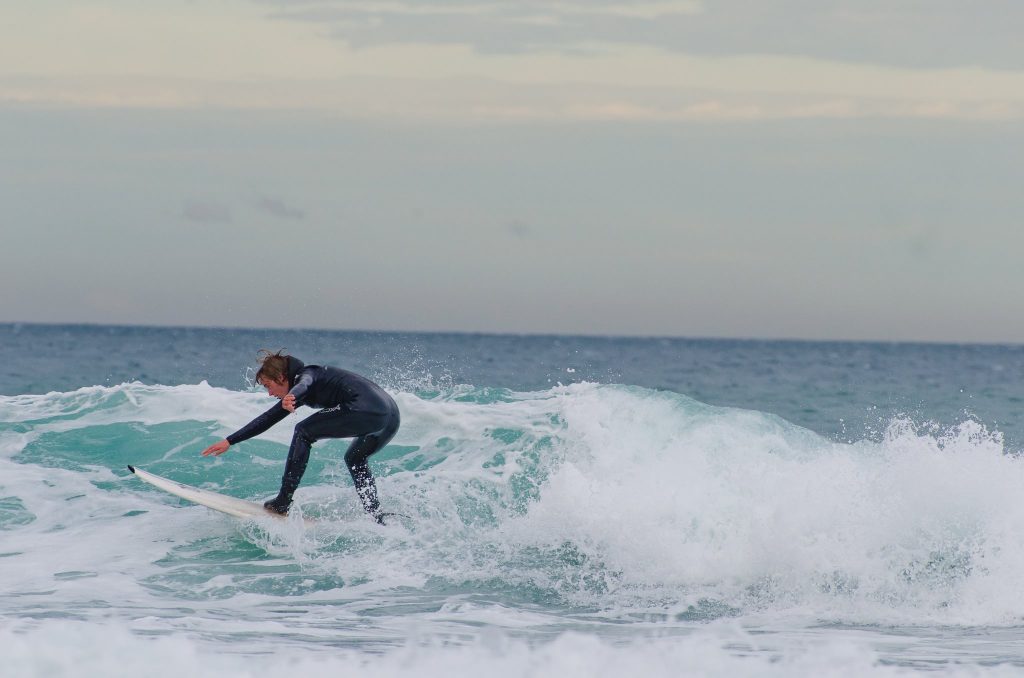
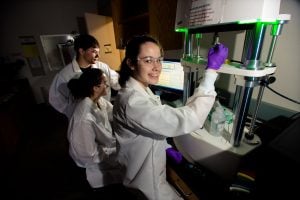
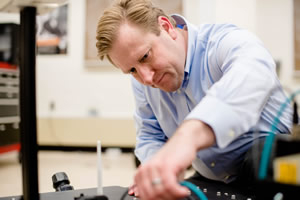 The Vice President for Research Office announced the 2018 Research Excellence Fund (REF) awards and thanked the volunteer review committees, as well as the deans and department chairs, for their time spent on this important internal research award process. The awardees in the College of Engineering are listed below:
The Vice President for Research Office announced the 2018 Research Excellence Fund (REF) awards and thanked the volunteer review committees, as well as the deans and department chairs, for their time spent on this important internal research award process. The awardees in the College of Engineering are listed below: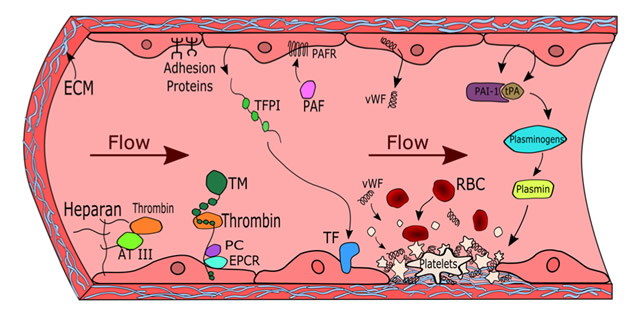
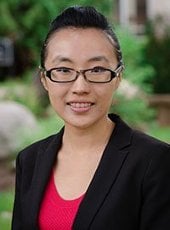
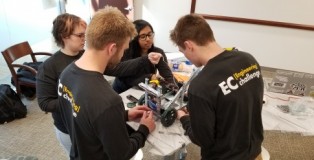 A team of
A team of 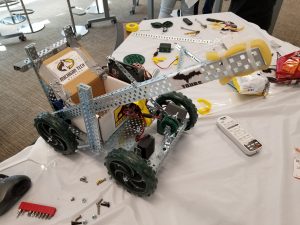
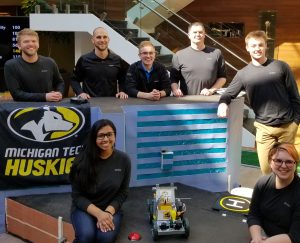
 Twelve students have been awarded the Portage Health Foundation Making a Difference Scholarship. The scholarships are part of a Michigan Tech-Portage Health Foundation partnership established in 2015 to support health education. This year’s recipients have an average GPA of 3.87 and represent the breadth of health-related research happening on Michigan Tech’s campus.
Twelve students have been awarded the Portage Health Foundation Making a Difference Scholarship. The scholarships are part of a Michigan Tech-Portage Health Foundation partnership established in 2015 to support health education. This year’s recipients have an average GPA of 3.87 and represent the breadth of health-related research happening on Michigan Tech’s campus.